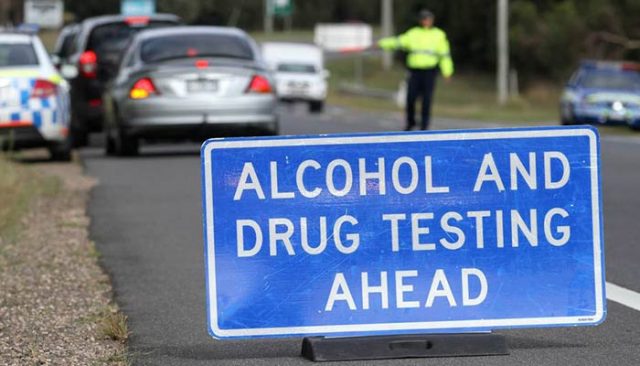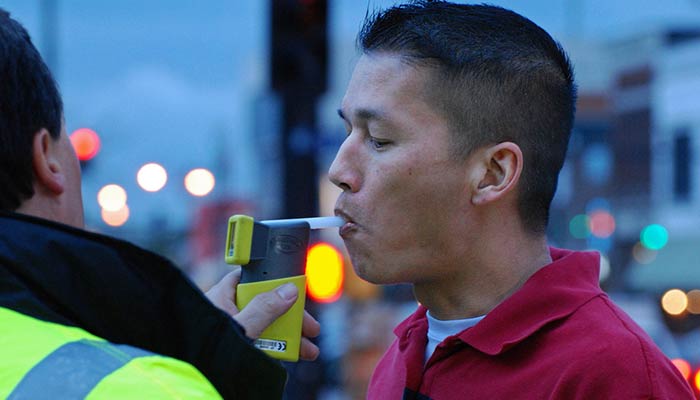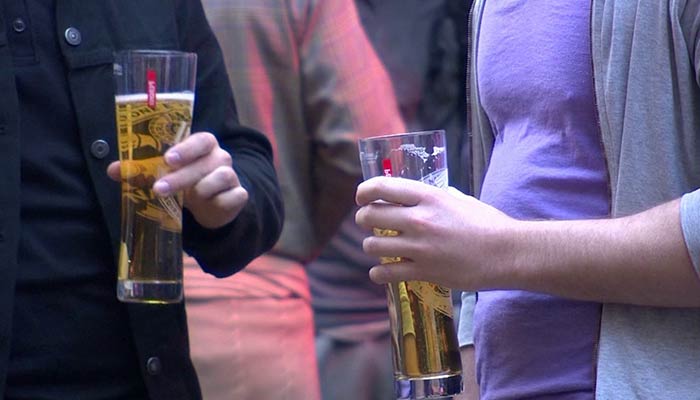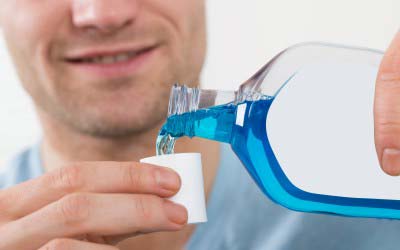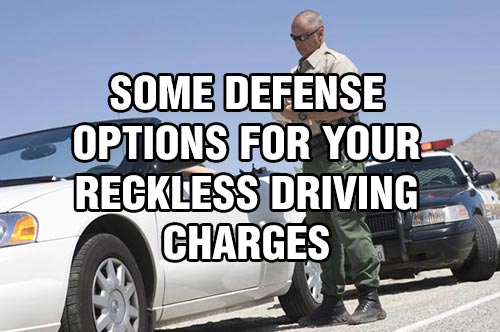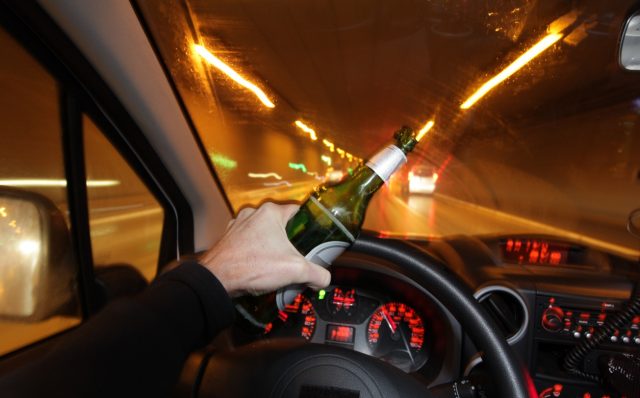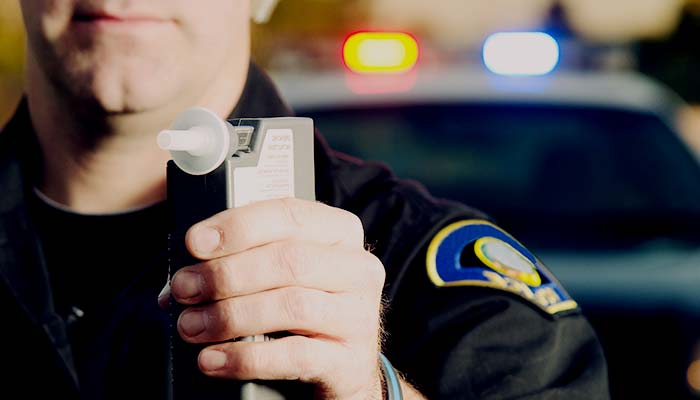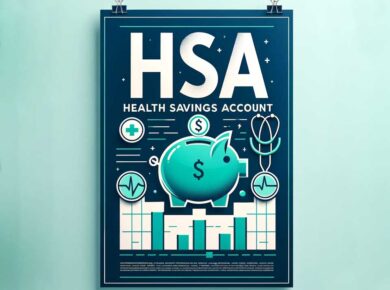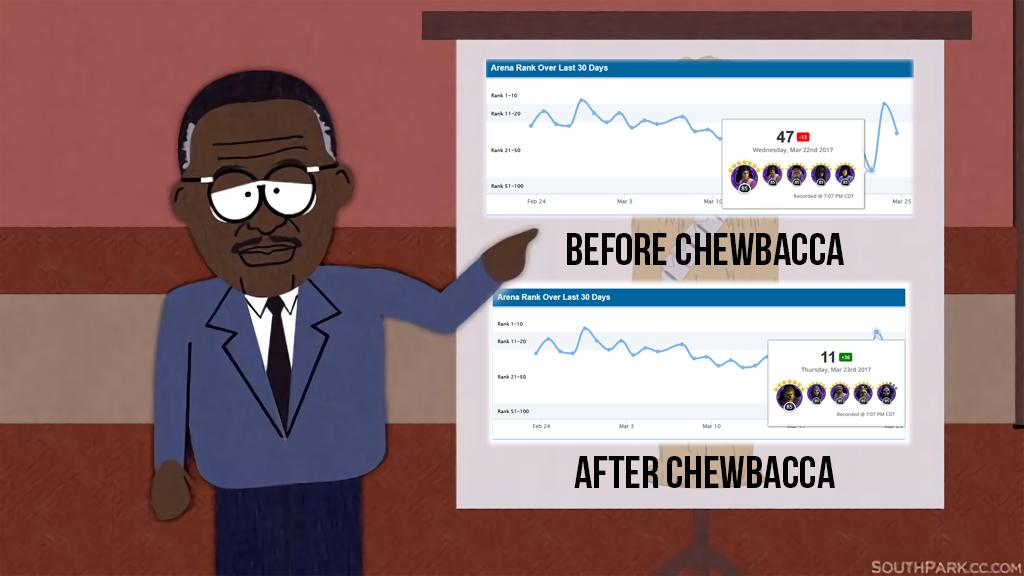In general, the violation for driving under the influence (Driving Under Influence, DUI) is related to intoxication with alcohol. But alcohol is just one of countless substances that reduce a person’s ability to drive a motor vehicle. Driving under the influence of drugs, which includes prescription drugs in addition to illicit drugs, can also result in charges of DUI.
Driving having consumed drugs, either marijuana or myorelaxants prescription legally, is just as illegal for driving drunk and can also constitute a DUI offense. The prescription of a physician does not serve as a defense against charges for driving under the influence of drugs.
A survey conducted in 2010 by the Substance Abuse and Mental Health Services Administration (SAMHSA) revealed that in 2009, around 10 million americans had driven under the influence of illicit drugs. According to a study from the National Administration of Traffic Safety on the Roads (National Highway Traffic Safety Administration, NHTSA), more than 18 percent of drivers with fatal injuries in 2009 had positive results in, at least, a drug prescribed or illicit. Another survey by the NHTSA found that one in five drivers killed in car accidents in 2009 tested positive in drug testing.
Different drugs affect drivers in different ways. But those that diminish the judgment, alertness, concentration and motor skills are considered just as dangerous (if not more) than alcohol.
Measuring Drug Impairment
Driving with a blood alcohol concentration above a certain level, usually 0.08 percent or higher is illegal in all 50 states. The body rapidly eliminates alcohol from the body, so that it is relatively easy to measure the concentration of alcohol in blood when you stop the vehicle. And given that tests by a breathalyzer are quite accurate, the readings of 0.0 percent or more tend to result in a formal declaration of guilt or a conviction for a DUI if the arrest, vehicular, is carried out in accordance with the relevant protocol.
It is not so in the case of other drugs.
For example, the psychoactive component of marijuana (THC) can be detected in the urine or bloodstream of a person up to four or five weeks after they have consumed and there is no way to detect, conclusively, the intoxication in a real-time. Cocaine, on the other hand, tends to be cleaned from the body after only a day or two. The NHTSA admitted in a letter to Congress that current knowledge about drugs other than alcohol is “insufficient to be able to identify the limits of dose-related with a high risk of accidents.”
Some jurisdictions use what is called “Drug Recognition Experts” (DREs), police officers specially trained to follow specific guidelines to determine impairment by drugs in drivers. The DRE examines carefully the eye movements, behavior, and other details of a person that indicate an influence of drugs. Forty-four states and the District of Columbia have Programs of Evaluation and Classification of Drugs to train DRE.
In general, the presence of drugs is measured through a urine analysis or a blood sample.
Drugged Driving “Per Se” Laws
While it is more difficult to prosecute motorists charged with driving under the influence of drugs in comparison with alcohol, 15 states have what is known as laws “per se” driving under the influence of drugs. Such DUI laws make it illegal to drive a motor vehicle with any detectable amount of certain drugs in the body of the person.
The 15 states that have laws per se driving under the influence of drugs are Arizona, Delaware, Georgia, Illinois, Indiana, Iowa, Michigan, Minnesota, Nevada, Ohio, Pennsylvania, Rhode Island, Utah, Virginia and Wisconsin. Three of these states (Nevada, Ohio and Virginia) have certain limits for the presence of toxic drugs, while 12 other states have a zero tolerance policy.
North Carolina and South Dakota, on the other hand, considered it illegal for any person under the age of 21 years to drive with any detectable amount of an illegal drug. In five states (California, Colorado, Idaho, Kansas, and West Virginia) it is illegal for certain known drug addicts or regular consumers of drugs to drive a motor vehicle.
Impairing Effects of Various Illegal Drugs
- Cannabis: relaxation, euphoria, disorientation, altered perception of time and space, sleepiness, paranoia, image distortion, increase in heart rate.
- Cocaine: euphoria, excitation, dizziness, increased concentration and alertness (initially), confusion and disorientation, irritability, paranoia, aggressiveness, increased heart rate.
- Methamphetamine: euphoria, excitation, hallucinations, delusions, insomnia, poor control of impulses, increased heart rate, increased blood pressure.
- Morphine and heroin: euphoria intense, drowsiness, relaxation, sedation, disconnection, lethargy, analgesia, depression of the heart rate, nausea and vomiting, diminished reflexes.
- LSD: hallucinations, altered mental status, delusions, decreased depth perception, time and space, hypertension, tremors.
Prescription & Over-the-Counter Drugs
Some drugs that are purchased legally at a pharmacy, whether prescribed by a doctor or over the counter, can be just as dangerous for motorists as alcohol and can result in a DUI. Look for warning labels and consult your pharmacist in case you have doubts about the ability of poisoning of a drug.
The following are some Prescription & Over-the-Counter Drugs common that impare drivers:
- Antidepressants: some antidepressants sedatives cause an intoxication similar to that of driving while intoxicated.
- Valium: 10 mg of the popular tranquilizer can cause an intoxication similar to that of a blood alcohol concentration of 0.10 percent.
- Antihistamines: many of them affect the reaction time and coordination.
- Decongestant: many decongestant-the-counter can cause drowsiness, anxiety and dizziness.
- Sleeping pills: even in the morning, the residual effects of these drugs can affect drivers.
- Hydrocodone: this common pain reliever, the main component of Vicodin, is similar to opiates and causes an intoxication comparable to that of morphine and codeine (oxycodone has similar effects).
Medical Marijuana
Drivers who reside in states that allow the medicinal use of marijuana with a valid recommendation of a physician may also receive a charge for DUI. Therefore, if the official or the expert in recognition of drugs has gathered enough evidence of intoxication with marijuana, one will not be able to claim a medical exception as a defense. In this regard, medical marijuana is no different from other prescription drugs in regards to the potential of intoxication.
Consult an Experienced DUI Attorney
If you or a family member is arrested for DUI, you may need the services of an Experienced DUI Attorney. A lawyer who specializes in defending charges of DUI will evaluate all of the evidence, including the procedure and results of field sobriety tests and chemical substances, to ensure protection of their rights. In addition, it is important to speak with an attorney familiar with the laws of your jurisdiction. Most offer free consultations, so your first step should be to contact an Experienced DUI Attorney.
